If you’re a sports fan, you might have a lot of sports gear around your home, and even within your vehicle. Perhaps you’re even raising a little MLB, NBA, NCAA, or NFL fan in the back seat. Whatever team you support, if you’re in the market for a booster seat, you might want to consider the Lil Fan High-Back / Low-Back booster seat series. They’re designed to keep your little ones safe while allowing them to show off their fan pride. Around where I live, most folks are for the Cubs, White Sox, Cardinals, Bears or Packers. There are still a few Bulls fans, but not like there used to be in the ’90s. At any rate, enough sports talk; let’s take a look at the Lil Fan Booster. I picked mine up, as usual, from Amazon, and decided to see if it held up on the safety end as well as it did from the sporty end.
2015 Lil Fan High-Back / Low-Back Booster – What’s the big deal?
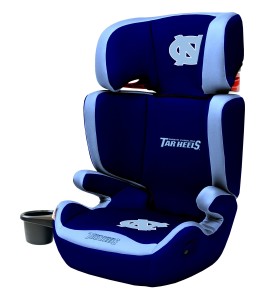 The Lil Fan high-back / low-back booster, beneath its sports insignia, is a dual mode booster seat. In other words, it’s designed to be used with children who have outgrown forward-facing harnesses but who still aren’t ready to use the adult seat belt. To determine when kids are ready for the adult seat belt, I recommend the 5 step test.
The Lil Fan high-back / low-back booster, beneath its sports insignia, is a dual mode booster seat. In other words, it’s designed to be used with children who have outgrown forward-facing harnesses but who still aren’t ready to use the adult seat belt. To determine when kids are ready for the adult seat belt, I recommend the 5 step test.
The Lil Fan can be used in both a high-back booster and as a low-back booster. I prefer high-back boosters to low-back boosters, as they free you from depending on the vehicle’s seat to comfortably fit a child’s upper body (i.e., the torso) and from depending on the vehicle’s seat to include a well-fitting head rest. However, the low-back end allows you to continue using the booster if your child outgrows the high-back part before reaching the point where s/he no longer needs a booster.
Buy the Lil Fan booster on Sale at Amazon here.
Lil Fan High-Back / Low-Back Booster Limits for Weight and Height and Measurements
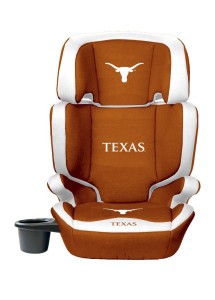 High-back booster: 30 to 110 lbs. Your child must be between 38″ and 57″ tall, and according to the box, at least 4 years old. Personally, I recommend using rear-facing or forward-facing harnessed seats until your child is at least 5 years old, as very few children will be physiologically or psychologically ready to use a boostered seat at that age.
High-back booster: 30 to 110 lbs. Your child must be between 38″ and 57″ tall, and according to the box, at least 4 years old. Personally, I recommend using rear-facing or forward-facing harnessed seats until your child is at least 5 years old, as very few children will be physiologically or psychologically ready to use a boostered seat at that age.
Personally, I’m far more comfortable with 6, 7, or even 8 years of age if your harnessed seat will allow it. Oddly enough, the 4 year old minimum age range isn’t listed anywhere on the manual or booster itself.
Low-back booster: 40 to 110 pounds. Your child must be between 40″ and 57″ tall and at least 4 years old, and the vehicle’s head restraint must provide an adequate head support.
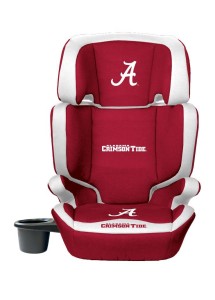 Lifespan and other measurements: The Lil Fan has a 6 year lifespan before
Lifespan and other measurements: The Lil Fan has a 6 year lifespan before
you will need to replace it due to expiration. You also need to replace it if it is involved in a crash. Seven height positions are included in the head support. The lowest of the 7 height positions is 14.5″ while the tallest is 20.5.” This isn’t as high as that found in the best boosters and combination seats on the market, such as the Frontier G1.1 / 90 and Pinnacle G1.1 / 90, but it’s off to a very good start, and it’s better than a number of other boosters on the market.
The seat is 13″ deep and ranges from 10″ in width at the rear part of the seat to a max of 13″ by the cup holders. The seat itself measures 17″ in width at the armrests, which makes it a good choice for 3 across installations due to its narrowness. You can check out the full 3 across car seat guide for more tips of combinations likely to work in your car, SUV, pickup truck, or minivan.
Using the Lil Fan High-Back / Low-Back Booster
Vehicle fit
The Lil Fan was easy to set up out of the box, and it’ll only take you a few minutes to have it in ready to use condition in your given vehicle. At 17 inches across, it’s a good booster for 3 across setups. There are narrower boosters out there, like the Clek Oobr, but of course, they won’t come with your favorite fan branding. Using the cup holder will increase the width, of course.
Child fit
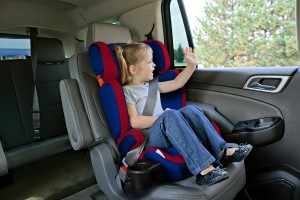 The Lil Fan fits a good range of kids, although it’s definitely not the tallest-fitting booster on the market. That award goes to the Frontier G1.1 / 90 and the Pinnacle G1.1 / 90. That said, you can still get a child most of the way (and in some cases all the way) with the Lil Fan in its high-back mode without resorting to the low-back mode. Remember to look for the signs to let you know when your child is and isn’t ready to go without a booster. If your child doesn’t pass the 5-step test before outgrowing the Lil Fan in the high-back mode, s/he almost certainly will before outgrowing the low-back mode.
The Lil Fan fits a good range of kids, although it’s definitely not the tallest-fitting booster on the market. That award goes to the Frontier G1.1 / 90 and the Pinnacle G1.1 / 90. That said, you can still get a child most of the way (and in some cases all the way) with the Lil Fan in its high-back mode without resorting to the low-back mode. Remember to look for the signs to let you know when your child is and isn’t ready to go without a booster. If your child doesn’t pass the 5-step test before outgrowing the Lil Fan in the high-back mode, s/he almost certainly will before outgrowing the low-back mode.
When using a dual mode booster seat like the Lil Fan, there are a few elements to keep in mind. First of all, the shoulder belt guide must always be either at or just above your child’s shoulders; you adjust this by adjusting the booster’s head rest height. If you reach a point in high-back mode where your child’s shoulders are above the highest height setting for the shoulder belt guide, you’ll need to remove the high back and use the low-back mode, or the bottom.
Comfort and Maintenance
The Lil Fan series are comfortable seats with a light amount of padding throughout the body. Maintenance is relatively simple; you simply remove the cover and machine wash it in cold water. You’ll want to use a mild detergent and the delicate or gentle cycle, and it’s best to line-dry the fabric to reduce wear. To remove the cover, you unsnap it from the high-back and pull off the elastic on the low-back.
Buy the Lil Fan booster on Sale at Amazon here.
Why Buy the Lil Fan High-Back / Low-Back Booster?
As wonderful as it is to have the wide range of teams available through the Lil Fan series, for me, the most important element of this car seat, and of any car seat, isn’t aesthetic, but functional. The question I’m always asking myself is how good of a job the seat does when it comes to keeping kids safe. And when it comes to keeping kids safe in a booster seat, I prefer to see them spend several years in two kinds of seats before ever sitting in a booster. That means rear-facing for as long as possible before forward-facing (ideally until 4 or even 5!), and once forward-facing, doing so for a number of years (ideally until 8!) before beginning to booster. Finally, once kids are boostering, I like to see them using boosters for as long as it takes until they can sit in vehicle seats with adult seat belts safely; that usually takes most kids until they’re between 10 and 12.
The Lil Fan will do a good job in allowing most kids to use it until they pass the 5-step test. For most kids, this will require using it in both high-back and low-back modes, because a number of children may outgrow it in the high-back mode. If you’re looking for booster seats that will allow kids to use them in the high-back mode from start to finish, you’re looking for a seat like the the Frontier G1.1 / 90 and Pinnacle G1.1 / 90. Those are the two best booster seats on the market right now.
That said, the Lil Fan set is a good one, and I have no hesitation when it comes to recommending it as a boostering option for parents, especially those who follow televised sports. It’s a safe, quality, and relatively affordable booster seat that’s far more appropriate for young children than sitting directly in a vehicle’s seat. You can buy the Lil Fan booster in 31 NCAA team colors here with free returns and free shipping. You can buy MLB booster seats for a range of teamshere. You can also buy diaper-toting backpacks for the NFL and NCAA and diaper-friendly messenger bags for the NFL and NCAA, as well as NCAA sling bags. Who knew car seat safety could be so sporty?
—
If you find the information on car safety, recommended car seats, and car seat reviews on this car seat blog helpful, you can shop through this Amazon link for any purchases, car seat-related or not. Canadians can shop through this link for Canadian purchases.

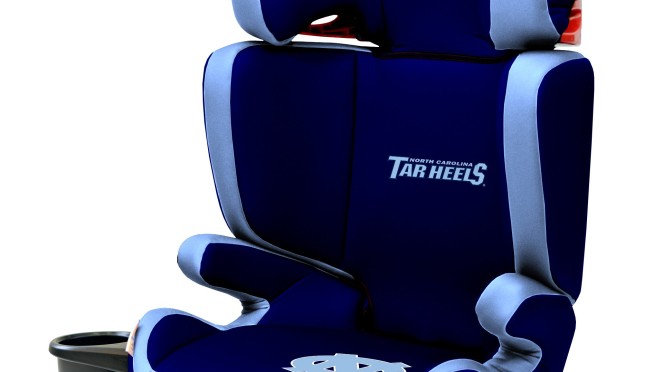

 I’ve written extensively about how important it is to keep our children safely and properly restrained in car seats, in order to maximize their odds of surviving car collisions. In the United States, the leading cause of death for children between the ages of around 1 and 14 are car collision-related trauma, or car accidents. We can increase the likelihoods of keeping our kids safe in cars, SUVs, minivans, and pickup trucks of all sizes by rear-facing as long as possible, forward-facing as long as possible, and using booster seats until our kids pass the 5-step test. This is the meat and potatoes of this blog. However, our kids don’t simply travel in private vehicles. Sometimes we choose to take taxis, buses, airplanes, and trains. How do we keep our kids safe in those?
I’ve written extensively about how important it is to keep our children safely and properly restrained in car seats, in order to maximize their odds of surviving car collisions. In the United States, the leading cause of death for children between the ages of around 1 and 14 are car collision-related trauma, or car accidents. We can increase the likelihoods of keeping our kids safe in cars, SUVs, minivans, and pickup trucks of all sizes by rear-facing as long as possible, forward-facing as long as possible, and using booster seats until our kids pass the 5-step test. This is the meat and potatoes of this blog. However, our kids don’t simply travel in private vehicles. Sometimes we choose to take taxis, buses, airplanes, and trains. How do we keep our kids safe in those?
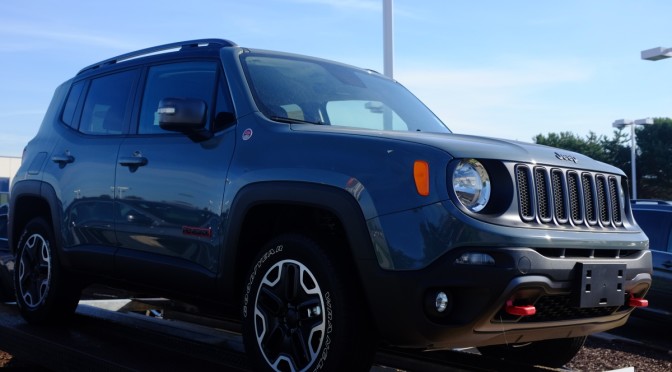
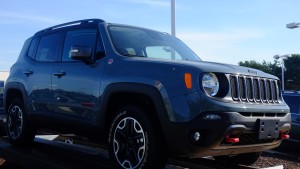 2016, 2017, 2018 Jeep Renegade (BU)
2016, 2017, 2018 Jeep Renegade (BU)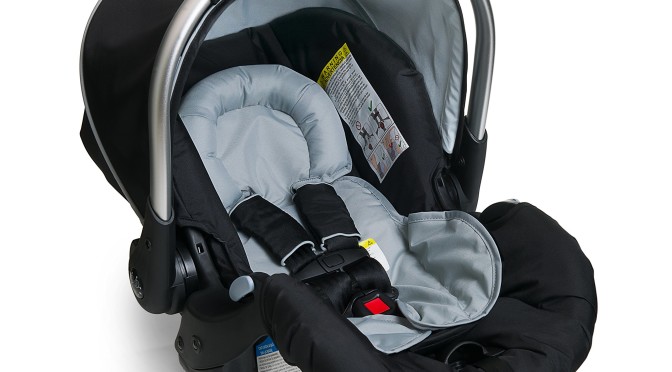
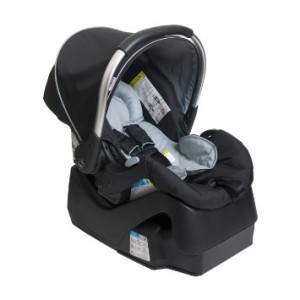
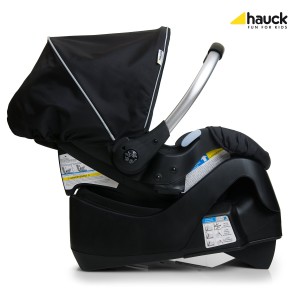

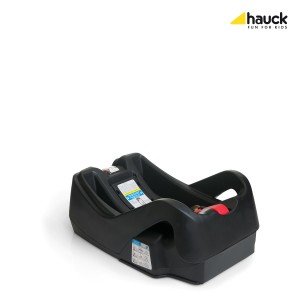
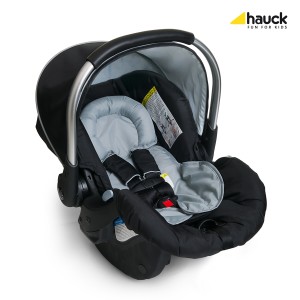
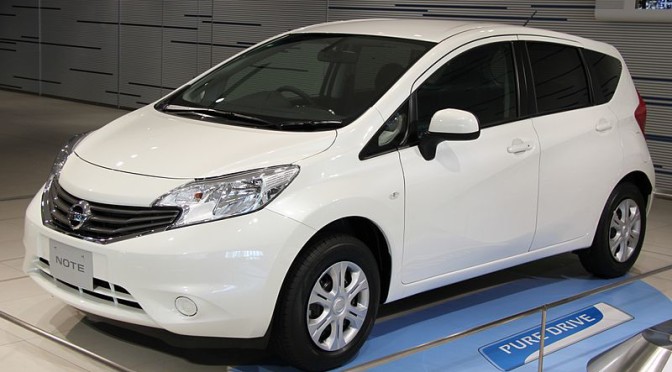
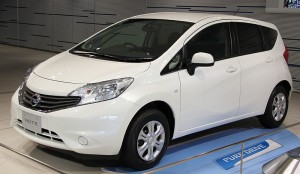 2014, 2015, 2016, 2017 Nissan Versa Note (E12)
2014, 2015, 2016, 2017 Nissan Versa Note (E12)